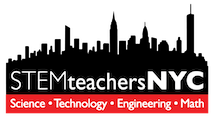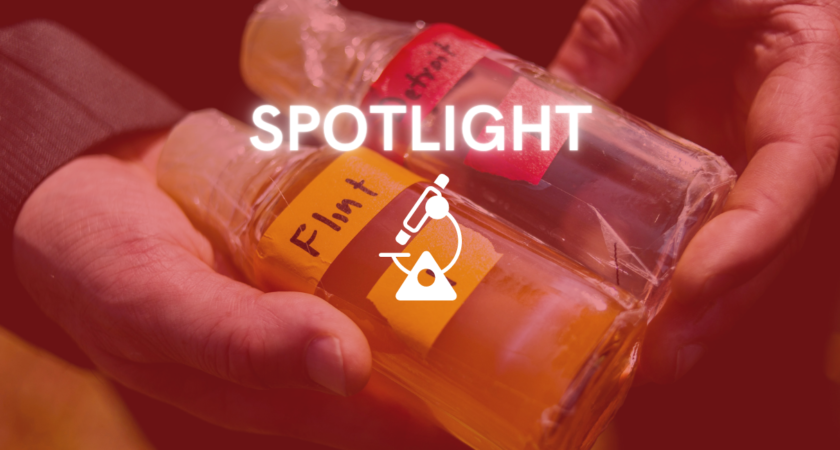by Juliette Guarino Berg
The Flint, Michigan water crisis drew national attention to the effects of unsafe drinking water and issues of equity and social justice. It also opened up opportunities for engaging in socio-scientific issues in the science classroom (Ewing and Sadler 2020). Students consume hundreds of gallons of water daily, but do they know where their drinking water comes from and if it’s always safe to drink? A three-dimensional unit designed for upper elementary students (in this case, fourth graders) helps students answer these questions. Students follow the incredible journey of New York City’s water, develop an understanding of the relationship between drinking water contamination and pH, design a water filter, make connections between water quality and social justice, and use system models to illustrate the causes and effects of lead contamination in drinking water.

Learning About the Origins of New York City’s Water Supply
To start, I ask my students, “Where does New York City’s water come from?” Despite being surrounded by water, the city does not use water from the immediate vicinity due to its salinity and the cost of filtration. Rather, our drinking water comes from the Catskill/Delaware and Croton Watersheds. Students watch the video “A Billion Gallons A Day,” which documents the journey of New York City’s drinking water from reservoirs in Upstate New York, through aqueducts and the processes of chlorination and UV treatment, to its arrival in the five boroughs through nearly 7,000 miles of pipes (The New York Times).
Students learn that despite the water treatment measures taken, there is still a possibility that our drinking water can be contaminated with foreign substances, such as lead. Intrigued, fourth grade scientists are ready to answer the questions: “What makes water ‘clean’ or ‘dirty?’ How can our drinking water become contaminated?”
Part 2 of 3 coming 10/16
If you cant wait read the full article at at Juliette Blog.
Acknowledgments
Special thanks to Abby MacMillan, who collaborated in the planning and implementation of this unit of study; Cynthia McIntyre, who edited this piece; Steve Roderick, Dan Damelin, and the other members of the team at Concord Consortium, who provided me with extensive support in using SageModeler with students; Jeff Botula and the rest of the SPARKS! team at the New York City Department of Parks and Recreation; and Yadana Nath Desmond, Executive Director at STEMteachersNYC.


